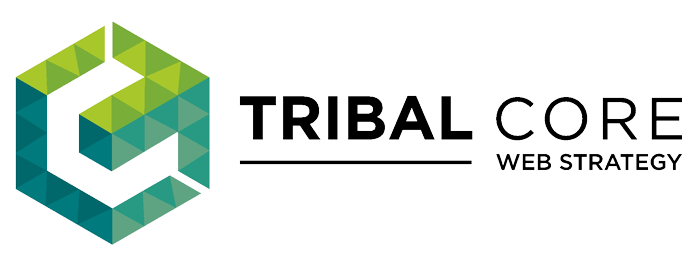When a company gets a new website, there is a lot going on behind the scenes. And it ain’t necessarily related to the website.
Green-lighting a site redesign is generally a big project for a small business. There are multiple stakeholders and a significant financial commitment. There are new marketing objectives and possibly a rebrand.
When a business commits to this direction, they are signaling some other things as well. They are shifting gears, evaluating needs, reviewing vendors, investing in the future and upgrading.
Technology and Obsolescence
The rapid pace of technology, particularly on the web, accelerates obsolescence and forces change. A manufacturing company might buy equipment that lasts thirty years. Meanwhile, their four-year-old website is surprisingly outdated, doesn’t integrate with their other systems and its past time that tech issues can be patched over.
A website might not be mobile responsive, it might use Flash and it may look like something from Geocities. A business may decide to scrap it all and start over, or paper over an old website. There may also be more subtle issues, like old Google Analytics code, no conversion tracking and lost accounts that were set up by a long-gone marketing manager.
New Leadership
Often, there is new leadership leading the charge. A new head of marketing or a newly minted CEO may be championing a new site and expanded web presence. This might be framed in purely financial terms or in response to competitors upping their game or simply FOMO – fear of missing out on the promise of the web.
The previous website may have been built in-house, or by the old boss’ nephew or a firm that no longer exists. Given how fast technology alters the landscape, and how obsolescence is baked in from the moment you launch a website, a vendor often bears the brunt of a client’s dissatisfaction over time. Add to this any communication issues, and it’s no wonder that a business decides to pivot to a new designer or developer when its time to build a new site.
Bigger and Bolder Competitors
Of course, “if you build it they will come” no longer applies on the web. Competition is fierce, and its not just direct competition – its asymmetric. For instance, a direct competitor for a vineyard is another vineyard in the same region. Asymmetric competitors would include local travel guides, official city websites, regional magazines, national and international wine guides and magazines, job and career websites and real estate agencies. Not to mention Google, Facebook and Yelp.
Amazon, eBay and Wikipedia dominate search results, and giant multinational firms muscle out local and regional competitors.
After Rebuilding a Site
A modern website that engages visitors and looks great on mobile and desktop alike is only part of the puzzle. Getting traffic in the door generally requires some combination of search engine optimization, content strategy and digital advertising.
At least a modest amount of web marketing is required to simply tread water. It takes an ever-increasing amount of time, resources and dollars to make significant gains with an audience.
Positioned for Success
When a business undertakes a site redesign, they are grappling with pressure from many directions. A good web designer will help position a client for success with a great website and a plan for web marketing, post-launch.
We work with web designers and developers as a team to ensure mutual clients have a great website that is well-marketed. This benefits the client, the designer and us, building long-term relationships that build successful businesses.
Back to Why
When we understand why a business undertakes a website rebuild, it helps the designer and the marketing agency align with business goals and establish positive working relationships. Businesses want to hire vendors they can trust to execute on expectations. This lays the groundwork for long-term engagement, with continuity that benefits all parties.

